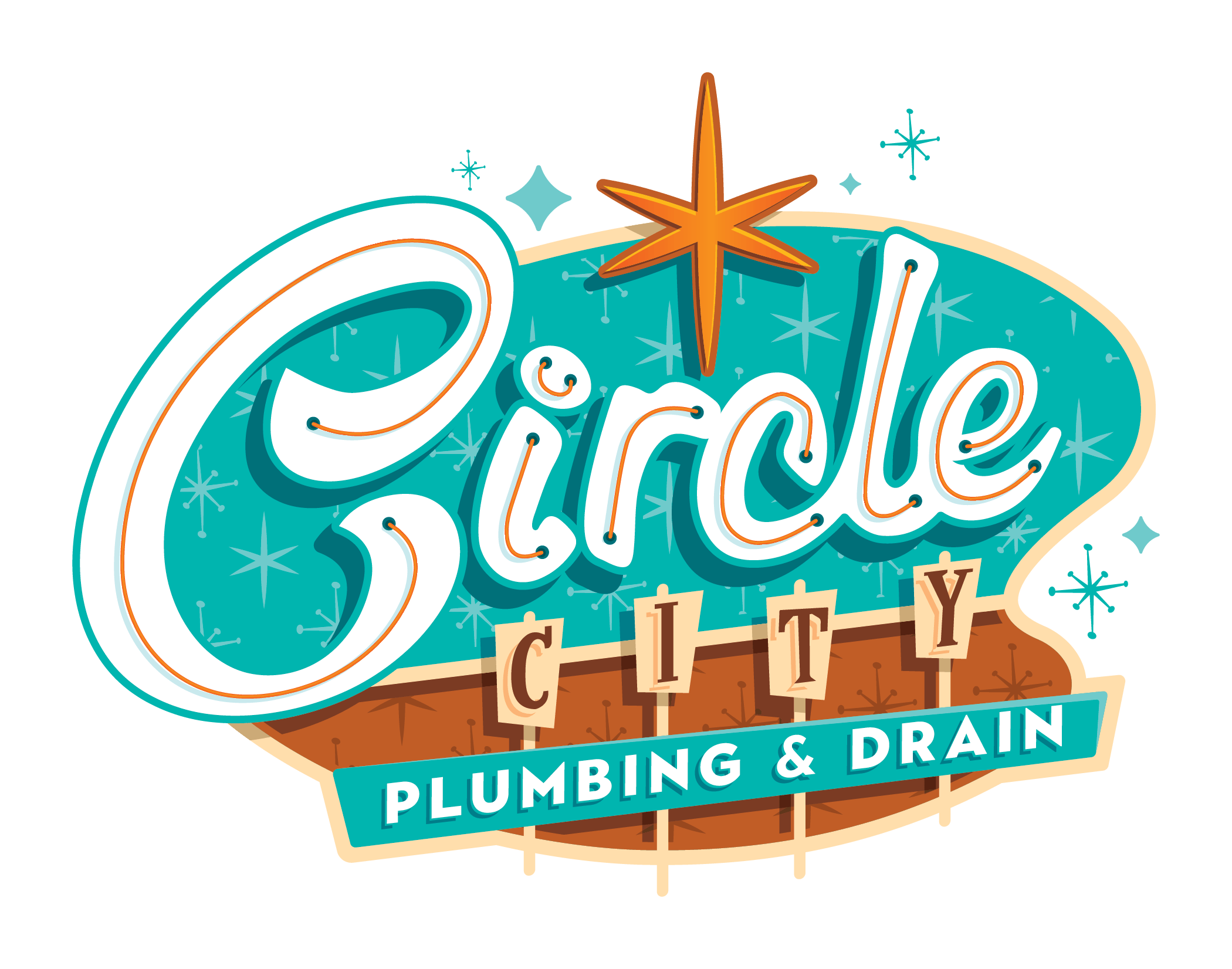Signs indicating a sewer line replacement is needed
If you notice persistent sewer backups, multiple slow drains, foul odors coming from drains, lush patches of grass in your yard, or a sudden increase in rodent or insect activity, it might be time for a sewer line replacement. These signs can indicate underlying issues with your sewer system that require immediate attention.
Why sewer line replacement is crucial for homeowners
Sewer line replacement is essential for homeowners to prevent costly and disruptive issues in the future. If your sewer line is damaged or deteriorating, it can lead to sewer backups, foul odors, and potential health hazards. By replacing your sewer line, you can avoid these problems and maintain the functionality of your home’s plumbing system. Regular maintenance and timely replacement can save you from the headache of dealing with emergency repairs and protect the value of your property.
Types of sewer line replacements
There are typically two main types of sewer line replacements:
- Traditional Dig-and-Replace Method: Involves digging a trench to access and replace the damaged sewer line. This method is effective but can be disruptive to your property.
- Trenchless Sewer Line Replacement: This newer method involves minimal digging and uses techniques like pipe bursting or pipe lining to replace the sewer line. It is often less invasive and can be a quicker alternative to the traditional method.
Cost considerations for sewer line replacement
When it comes to replacing your sewer line, cost is a significant factor to consider. The price can vary depending on the length of your sewer line, the depth of the pipes, and the method used for replacement. Here are a few key cost considerations to keep in mind:
- The average cost for sewer line replacement ranges from (3,000 to )25,000.
- Factors such as the location of the sewer line, the extent of damage, and the need for permits can affect the final cost.
- Different replacement methods like traditional excavation, trenchless technology, or pipe relining can impact the overall expense.
- It’s essential to get multiple quotes from different contractors to compare prices and find the best deal for your specific situation.
Planning and preparing for sewer line replacement
Before starting the process of sewer line replacement, it is important to plan and prepare adequately. Here are some key points every homeowner should consider:
- Assessment: Get a professional assessment of your sewer line to determine the extent of damage and the best course of action.
- Permits: Check with your local authorities for any necessary permits required before starting the replacement.
- Budget: Set a budget for the replacement project, considering factors like labor costs, materials, and any unexpected expenses.
- Choosing a Contractor: Research and select a reputable contractor with experience in sewer line replacements to ensure a successful outcome.
- Temporary Arrangements: Plan for temporary accommodations or arrangements during the replacement process to minimize disruption to your daily routine.
Hiring the right professionals for the job
When it comes to sewer line replacement, it’s crucial to hire professionals with experience in this specific area. Consider these points when selecting the right professionals for the job:
- Expertise: Look for professionals who specialize in sewer line replacement to ensure a high-quality job.
- Reputation: Check reviews and ask for recommendations to find professionals with a good reputation for their work.
- Cost: While cost is important, prioritize quality work over the lowest price to avoid future issues.
- Licensing and Insurance: Ensure the professionals are licensed and insured to protect yourself and your property.
Process of sewer line replacement
Sewer line replacement usually involves several steps. Firstly, a professional will inspect the sewer line using a camera to determine the extent of the damage. Next, the damaged section of the sewer line will be located and marked. Then, the old sewer line will be excavated and removed. After that, a new sewer line will be installed in place of the old one. Finally, the area will be backfilled, compacted, and restored to its original condition. Throughout the process, it is crucial to work with a licensed and experienced plumber to ensure the replacement is done correctly and complies with local codes and regulations.
Technology used in modern sewer line replacements
Modern sewer line replacement often utilizes trenchless technology, which minimizes the need for extensive digging in your yard. This technology includes methods like pipe lining and pipe bursting, which help replace old sewer lines without causing major disruption to your property. Trenchless technology results in a quicker and more cost-effective sewer line replacement process compared to traditional methods.
Aftercare and maintenance tips
Proper maintenance of your sewer line is crucial to avoid future issues. Here are some tips to help you take care of your newly replaced sewer line:
- Avoid planting trees near the sewer line to prevent root intrusion.
- Regularly inspect the sewer line for any signs of damage or clogging.
- Dispose of grease and oil properly to prevent clogs.
- Avoid flushing non-biodegradable items down the toilet.
- Schedule regular professional inspections to ensure the sewer line’s health.
By following these simple tips, you can prolong the lifespan of your sewer line and avoid costly repairs in the future.
Conclusion: Ensuring a smooth sewer line replacement process
To ensure a smooth sewer line replacement process, communication between you and the plumbing professionals is key. Make sure to be clear about your expectations, ask any questions you have, and stay informed throughout the entire process. Regular maintenance on your sewer lines can help prevent major issues in the future. Keep an eye out for any signs of problems, such as slow drains or unusual smells, and address them promptly. Remember, a well-maintained sewer system is crucial for the health and functionality of your home.

0 Comments